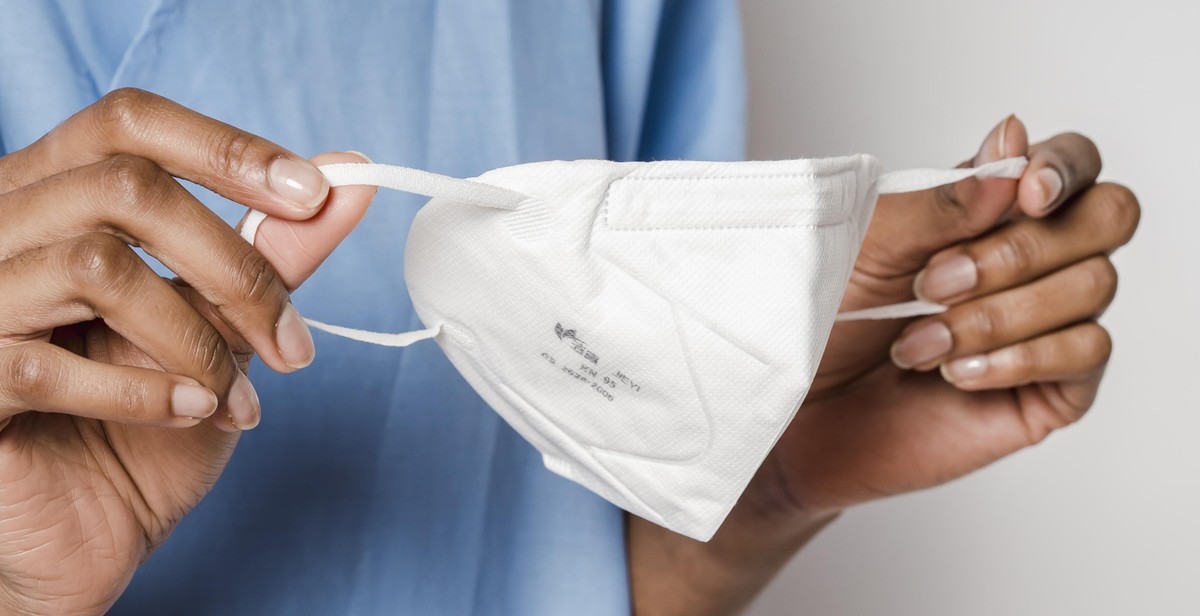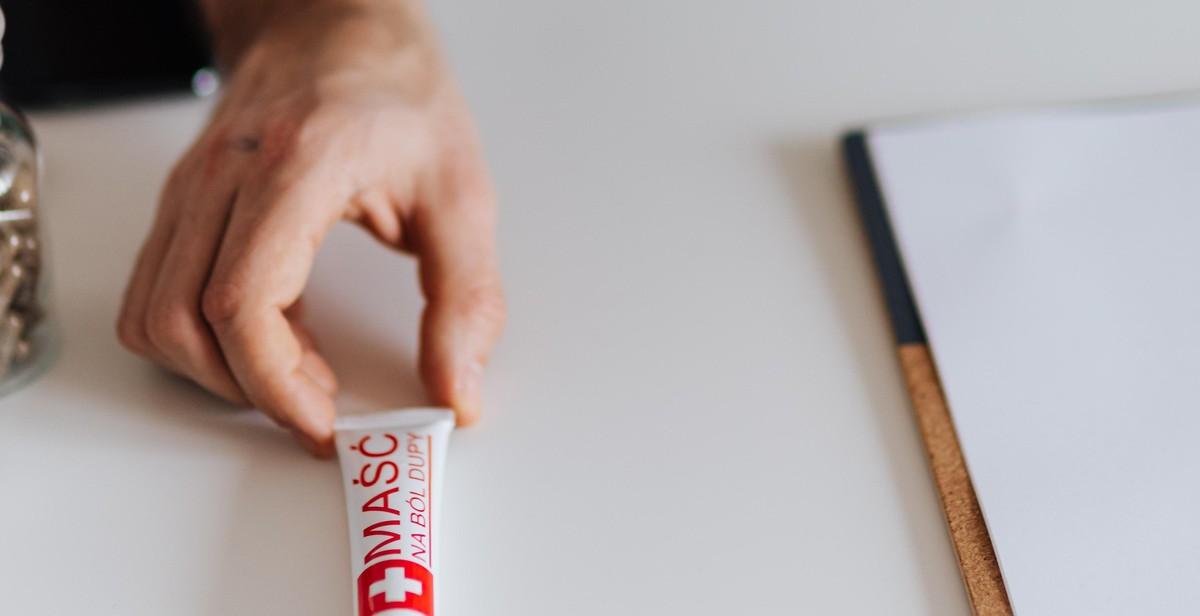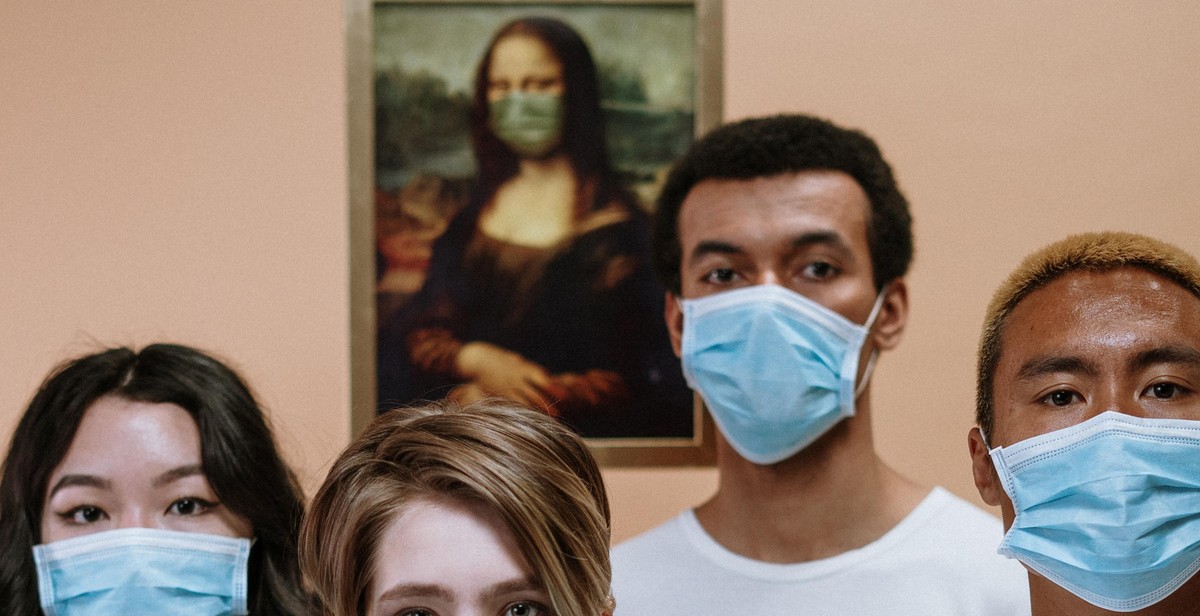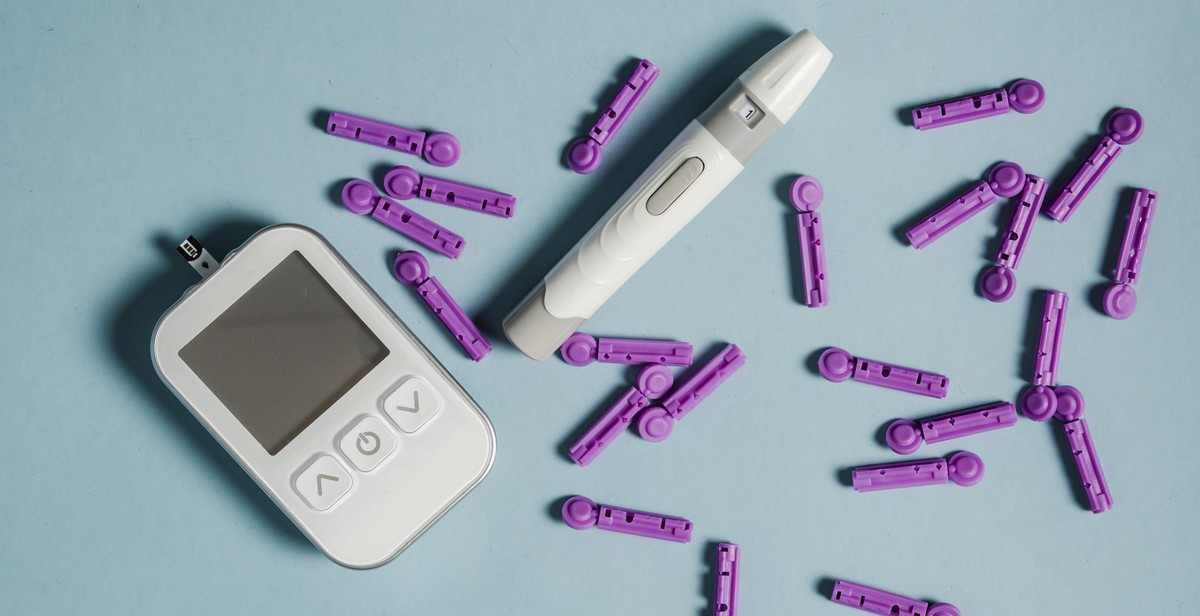Introduction: How to Implement Infection Control Measures in a Hospital Setting
Infection control is a critical aspect of healthcare delivery. Hospitals are a high-risk environment for the transmission of infectious diseases. Patients, healthcare workers, and visitors can all be exposed to a range of pathogens, including bacteria, viruses, fungi, and parasites. Infection control measures are designed to prevent the spread of these pathogens and protect patients, healthcare workers, and visitors from infection.
Why is Infection Control Important?
Infection control is important for several reasons. First, it helps to prevent the spread of infectious diseases, which can have serious consequences for patients, healthcare workers, and the community at large. Second, it helps to reduce healthcare-associated infections (HAIs), which are infections that patients acquire while receiving healthcare treatment. HAIs are a significant cause of morbidity and mortality, and they increase healthcare costs. Third, infection control measures are an essential component of patient safety, which is a top priority for healthcare organizations.
In this article, we will discuss how to implement infection control measures in a hospital setting. We will cover the key principles of infection control, including hand hygiene, personal protective equipment, environmental cleaning, and the management of infectious waste. We will also discuss the role of healthcare workers in infection control and the importance of communication and education in promoting a culture of safety.

Understanding Infection Control Measures
Infection control measures are necessary to prevent the spread of infectious diseases in a hospital setting. These measures include hand hygiene, personal protective equipment (PPE), proper disinfection and sterilization, and isolation precautions.
Hand Hygiene
Hand hygiene is the most important infection control measure in a hospital setting. Healthcare workers are required to wash their hands before and after every patient contact. Proper hand hygiene can prevent the spread of pathogens from one patient to another.
Hand hygiene can be performed using soap and water or alcohol-based hand rubs. Soap and water should be used when hands are visibly dirty or contaminated with blood or body fluids. Alcohol-based hand rubs can be used when hands are not visibly soiled.
Personal Protective Equipment (PPE)
Personal protective equipment (PPE) is used to protect healthcare workers from exposure to infectious agents. PPE includes gloves, gowns, masks, and eye protection. Healthcare workers are required to use PPE when there is a risk of exposure to blood or body fluids.
PPE should be removed and disposed of properly after use. Healthcare workers should perform hand hygiene after removing PPE to prevent the spread of pathogens.
Proper Disinfection and Sterilization
Proper disinfection and sterilization of medical equipment and surfaces are essential to prevent the spread of infectious diseases in a hospital setting. Disinfection is the process of killing or removing pathogenic microorganisms from surfaces. Sterilization is the process of killing all microorganisms, including spores.
Medical equipment should be disinfected or sterilized before and after use. Surfaces in patient rooms and common areas should be disinfected regularly.
Isolation Precautions
Isolation precautions are used to prevent the spread of infectious diseases from patients who are known or suspected to be infected. Patients may be placed on contact, droplet, or airborne precautions depending on the mode of transmission of the infectious agent.
Contact precautions require healthcare workers to wear gloves and gowns when entering the patient’s room. Droplet precautions require healthcare workers to wear a mask when within 3 feet of the patient. Airborne precautions require healthcare workers to wear a respirator when entering the patient’s room.
| Precaution Type | Mode of Transmission | PPE Required |
|---|---|---|
| Contact Precautions | Direct or indirect contact with infectious agent | Gloves and gown |
| Droplet Precautions | Large droplets expelled during coughing, sneezing, or talking | Mask |
| Airborne Precautions | Small particles expelled during procedures or aerosolized from respiratory secretions | Respirator |

Implementing Infection Control Measures in a Hospital Setting
Infection control is a crucial aspect of healthcare that helps to prevent the spread of infectious diseases in hospitals. Implementing infection control measures in a hospital setting involves developing an infection control plan, training and educating staff, and monitoring and evaluating infection control measures.
Developing an Infection Control Plan
The first step in implementing infection control measures in a hospital setting is to develop an infection control plan. This plan should include policies and procedures for preventing and controlling infections in the hospital. The plan should also identify the individuals responsible for implementing and monitoring infection control measures.
The infection control plan should address the following:
- Hand hygiene practices
- Use of personal protective equipment
- Cleaning and disinfection of patient care areas
- Isolation precautions for patients with infectious diseases
- Management of sharps and other medical waste
Training and Educating Staff
Once the infection control plan has been developed, staff members should be trained and educated on the policies and procedures outlined in the plan. This training should be provided to all staff members, including healthcare providers, support staff, and volunteers.
The training should cover the following:
- Proper hand hygiene techniques
- Correct use of personal protective equipment
- Proper cleaning and disinfection techniques
- Isolation precautions for patients with infectious diseases
- Management of sharps and other medical waste
Ongoing education and training should also be provided to staff members to ensure that they are up-to-date on the latest infection control practices.
Monitoring and Evaluating Infection Control Measures
Monitoring and evaluating infection control measures is essential to ensure that the policies and procedures outlined in the infection control plan are being followed and are effective in preventing the spread of infectious diseases.
The following should be monitored and evaluated:
- Hand hygiene compliance
- Use of personal protective equipment
- Cleaning and disinfection of patient care areas
- Isolation precautions for patients with infectious diseases
- Management of sharps and other medical waste
The results of the monitoring and evaluation should be used to identify areas where improvements can be made in infection control practices. The infection control plan should be updated as needed based on the results of the monitoring and evaluation.
| Key Takeaways |
|---|
| Implementing infection control measures in a hospital setting involves developing an infection control plan, training and educating staff, and monitoring and evaluating infection control measures. |
| The infection control plan should include policies and procedures for preventing and controlling infections in the hospital. |
| Staff members should be trained and educated on the policies and procedures outlined in the infection control plan. |
| Monitoring and evaluating infection control measures is essential to ensure that the policies and procedures outlined in the infection control plan are being followed and are effective in preventing the spread of infectious diseases. |

Challenges in Implementing Infection Control Measures
Implementing infection control measures in a hospital setting is crucial to prevent the spread of infectious diseases and ensure the safety of patients, healthcare workers, and visitors. However, several challenges can hinder the successful implementation of these measures. Some of the most common challenges are:
Resistance to Change
Resistance to change is one of the most significant challenges in implementing infection control measures in a hospital setting. Healthcare workers may be resistant to new protocols or guidelines, especially if they have been practicing a certain way for a long time. This resistance can lead to non-compliance or incomplete implementation of infection control measures, which can increase the risk of infections spreading.
Limited Resources
Limited resources, such as staffing and funding, can also pose a challenge in implementing infection control measures. Hospitals may not have enough staff to dedicate to infection control, or they may not have the funds to purchase the necessary equipment and supplies. This can lead to inadequate implementation of infection control measures, which can compromise patient safety and increase the risk of infections spreading.
Communication Barriers
Effective communication is crucial for the successful implementation of infection control measures in a hospital setting. Communication barriers, such as language barriers or lack of clear communication channels, can hinder the implementation process. Healthcare workers may not understand the new protocols or guidelines, or they may not know who to communicate with if they have questions or concerns. This can lead to confusion and non-compliance, which can increase the risk of infections spreading.
Conclusion
In conclusion, implementing infection control measures in a hospital setting can be challenging due to resistance to change, limited resources, and communication barriers. However, by addressing these challenges and finding solutions, hospitals can ensure the safety of their patients, healthcare workers, and visitors.

Conclusion
Implementing infection control measures in hospitals is crucial to prevent the spread of infectious diseases and protect the health of patients, healthcare workers, and the general public. The importance of infection control measures in hospitals cannot be overstated, especially in the face of emerging infectious diseases such as COVID-19.
Effective infection control measures in hospitals require a comprehensive approach that involves all stakeholders, including hospital management, healthcare workers, patients, and visitors. This approach should include regular training and education on infection control practices, proper use of personal protective equipment, hand hygiene, and environmental cleaning and disinfection.
Additionally, hospitals should establish protocols for identifying and managing patients with infectious diseases, implementing isolation precautions, and monitoring and reporting healthcare-associated infections. These protocols should be regularly reviewed and updated based on new information and emerging infectious diseases.
Finally, hospitals should prioritize the implementation of infection control measures as part of their overall patient safety and quality improvement efforts. By doing so, hospitals can reduce the risk of healthcare-associated infections, improve patient outcomes, and promote public health.
Overall, implementing infection control measures in hospitals is a critical component of ensuring the safety and well-being of patients, healthcare workers, and the broader community. By taking a comprehensive and proactive approach to infection control, hospitals can effectively prevent and control the spread of infectious diseases and provide high-quality care to their patients.
